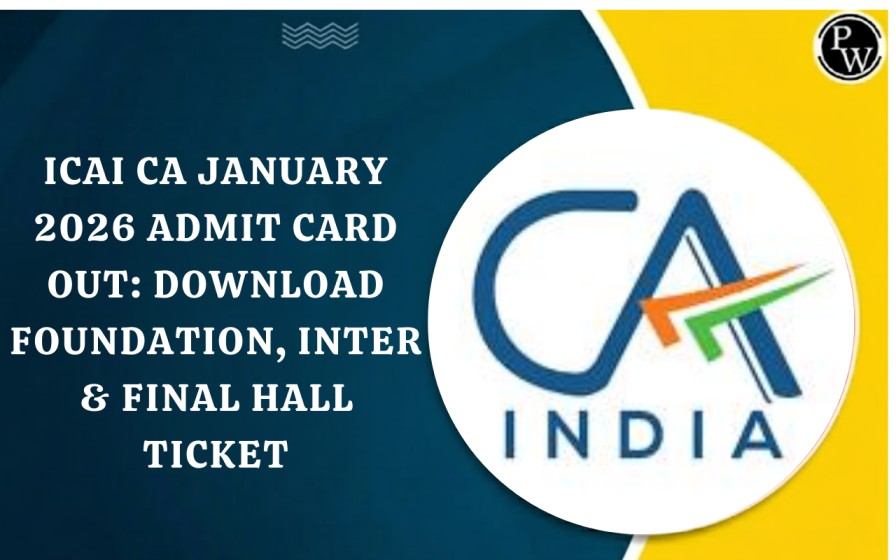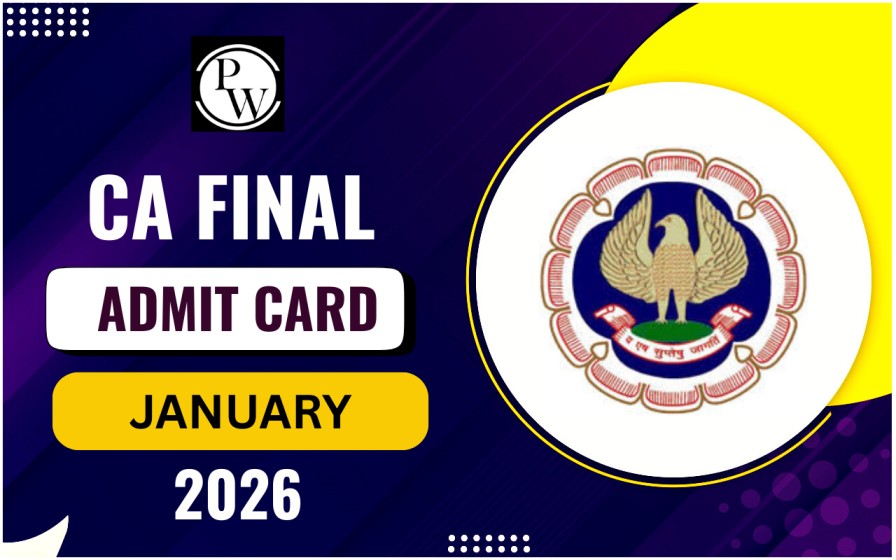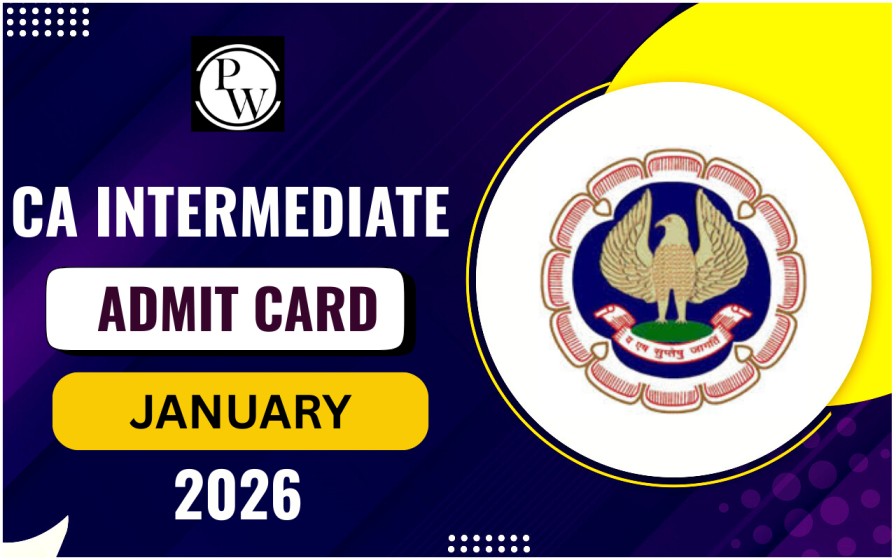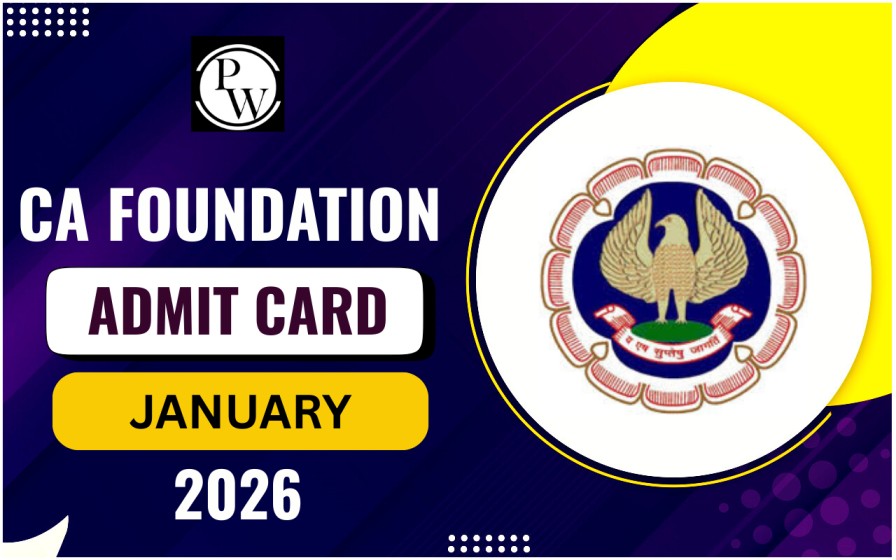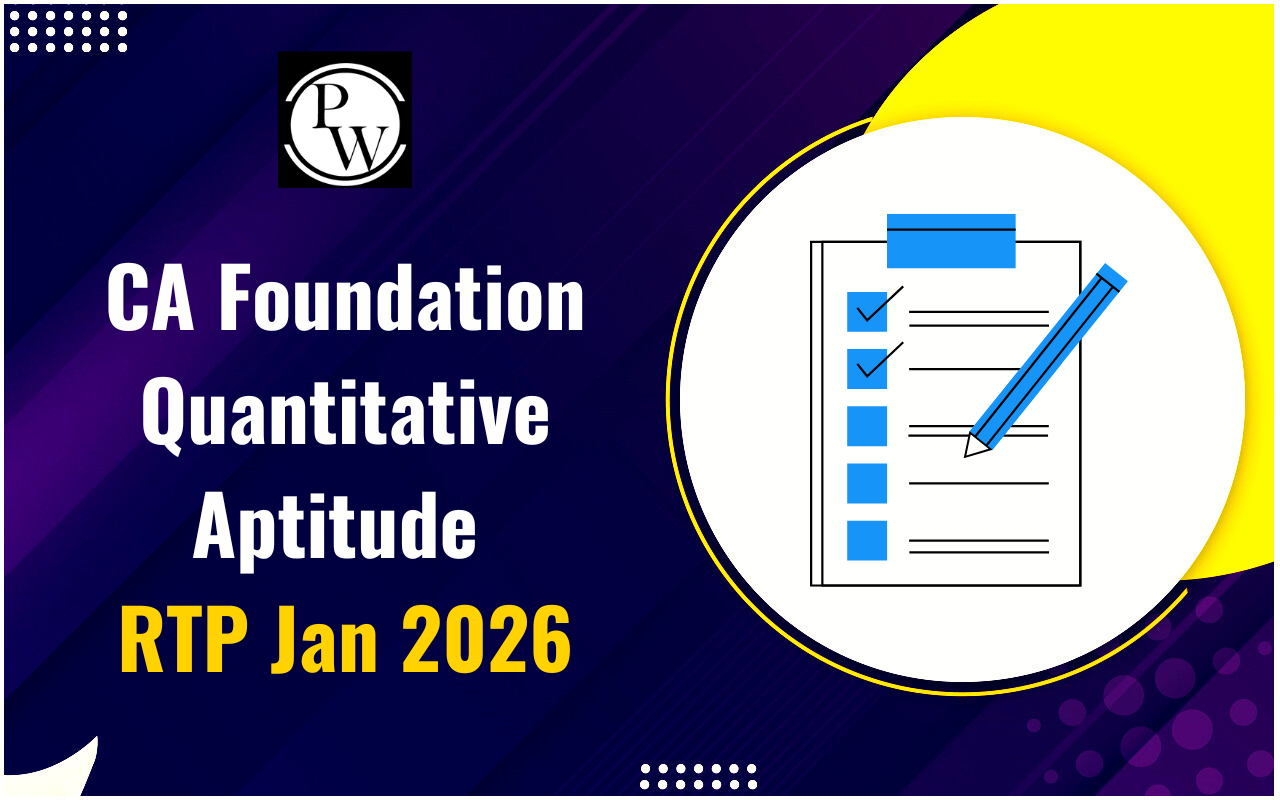
Budgetary control involves overseeing and managing a company's budget to achieve financial objectives. It outlines a financial roadmap, tracks progress, and adapts to unexpected costs or revenue fluctuations. This process helps businesses stay focused, ensuring effective resource management.
Budgetary control is a cornerstone of financial management, especially for those aspiring to become Chartered Accountants. Understanding and mastering this concept not only equips you with the necessary skills to excel in your CA Exams but also lays a solid foundation for your future career. In this article, we'll dive deep into the details of budgetary control, its objective and advantages.What Is Budget?
A budget is like a detailed roadmap outlining planned actions in measurable terms for a specific period. It transforms plans into actionable steps and ensures they are followed through for effective control. It outlines expected income and planned expenses, showing how much money will be earned and spent over time. Creating a budget is essential for managing personal or organizational finances effectively. It forecasts future financial activities and sets limits on spending. This tool helps in monitoring expenses, pinpointing opportunities for savings, and making informed decisions about investments and savings. Businesses and organizations typically create budgets on a monthly, quarterly, or yearly basis.What Is Budgeting?
Budgeting is essentially planning how to spend money wisely. It helps companies decide if they have enough funds for their plans and needs. If your expenses surpass your income, budgeting helps prioritize what's most important. This can mean listing all expenses or focusing on key categories. Some companies use spreadsheets, others use budgeting apps, to create their budgets.Also Check: Difference Between Budget And Budgetary Control
What is Budgetary Control?
Budgetary control in business involves managing performance and costs through several key steps: Firstly, budgets are set to outline financial goals and expectations across different business functions. Secondly, actual results are continuously compared to these budgets to identify any discrepancies or variances. Lastly, corrective actions are promptly taken to address any deviations from the planned targets, ensuring effective financial management. This method ensures that organizations can proactively manage their finances by regularly comparing actual expenses with projected income and expenses. By doing so, they can stay focused on achieving their operational and financial objectives.Objectives of Budgetary Control
Budgetary control serves several key purposes for organizations:- Planning Ahead: It enables organizations to plan for the future by predicting future income and expenses. This foresight helps them anticipate potential issues and strategize solutions proactively.
- Coordinating Operations: By aligning the efforts of various departments and units, budgetary control ensures that everyone works towards common objectives. This coordination prevents redundancy of resources and enhances overall efficiency.
- Cost Management: Budgetary control sets clear spending targets and monitors actual expenses against these targets. This process identifies areas of overspending, enabling prompt corrective measures to manage costs effectively.
- Enhancing Efficiency: By pinpointing inefficient resource allocation, budgetary control facilitates process improvements and procedural changes. These adjustments streamline operations, saving costs for the organization.
- Boosting Profitability: Efficient resource utilization directly contributes to higher revenues and reduced expenses. As a result, organizations can achieve greater profitability through optimized financial management.
Process of Budgetary Control
The following are the steps of Budgetary Control:Set Financial Goals: The first step in budgetary control is defining the financial goals of the organization. These goals could be increasing revenue, cutting costs, improving cash flow, or boosting profit margins.
Create a Budget: After setting financial goals, the next step is to create a detailed budget. This budget should outline expected income and expenses for the period ahead. It needs to be practical, dividing finances by department, product, or project.
Implement the Budget: Once the budget is ready, it's crucial to put it into action across the organization. This includes sharing it with employees so everyone understands their role in achieving the financial goals and how their spending will be monitored.
Monitor Performance: The final step is to track performance against the budget. This involves comparing actual income and expenses with what was budgeted, keeping an eye on cash flow, and regularly reviewing financial reports. Monitoring can be done monthly or quarterly, depending on the organization's size and requirements.
Take Corrective Action: If the organization isn't meeting its budget targets, corrective actions may be needed. This could mean cutting costs, increasing revenue efforts, or adjusting the budget itself.
Advantages of Budgetary Control
Budgetary control offers several benefits to organizations:- Improved Financial Performance: It helps organizations use their resources more efficiently, leading to increased revenues, reduced costs, and higher profitability.
- Better Decision-Making: Organizations gain a clearer understanding of their financial status, allowing them to make informed decisions on resource allocation, business growth, and risk management.
- Increased Accountability: By setting clear goals, budgetary control encourages accountability among employees and departments, fostering early identification and resolution of performance issues.
- Improved Coordination and Communication: Departments work more cohesively towards common objectives, promoting better communication and coordination across the organization.
- Efficient Resource Use: Budgetary control helps identify and eliminate unnecessary costs, enabling organizations to allocate resources more effectively and reinvest savings into other areas for improved profitability.
- Reduces Waste and Fraud: By comparing actual performance with budgets, organizations can pinpoint and reduce instances of waste and fraud, leading to cost savings and efficiency gains.
- Improves Customer Service: Efficient resource allocation ensures organizations can meet customer needs promptly and effectively, enhancing overall customer service.
- Enhances Investor Confidence: Demonstrating effective financial management through budgetary control boosts investor confidence, potentially lowering borrowing costs and improving access to capital.
| Also Check | |
| Competition Law | Tax Treaties and Double Taxation |
| Wealth Tax | Direct Taxes Code |
| Corporate Governance and Audit | Audit of Financial Institutions |
Budgetary Control FAQs
What is the purpose of budgetary control?
How does budgetary control benefit businesses?
What are the key steps in budgetary control?
How often should budgetary control be reviewed?
What are the challenges of implementing budgetary control?



